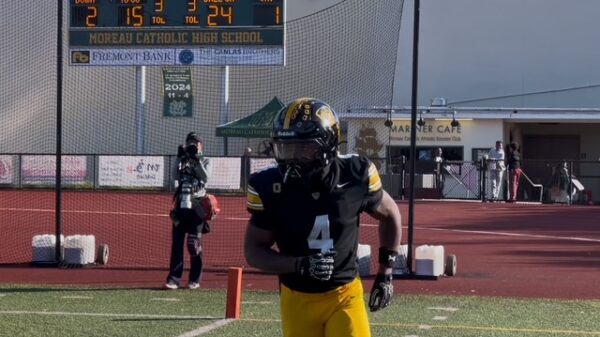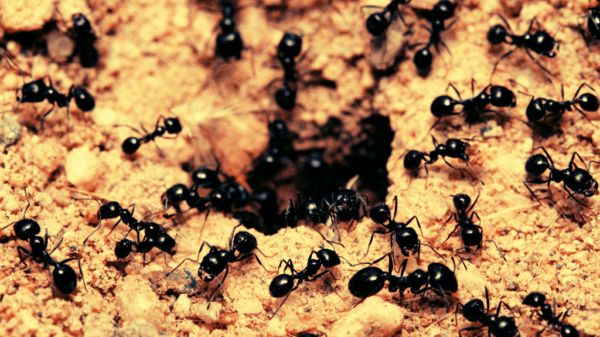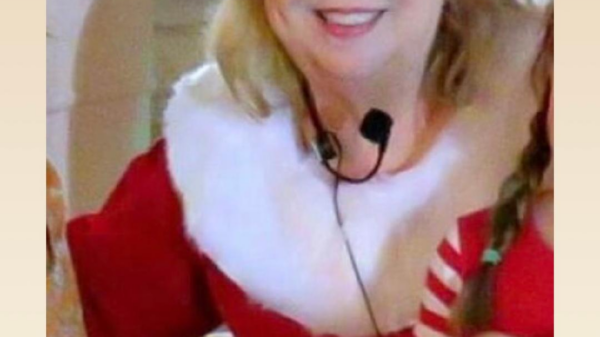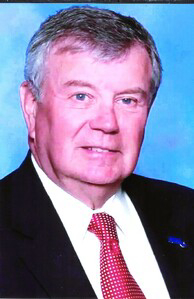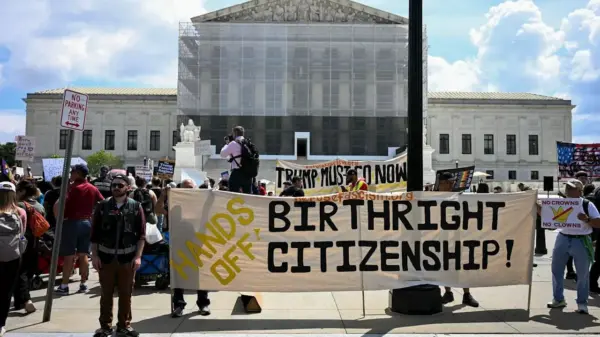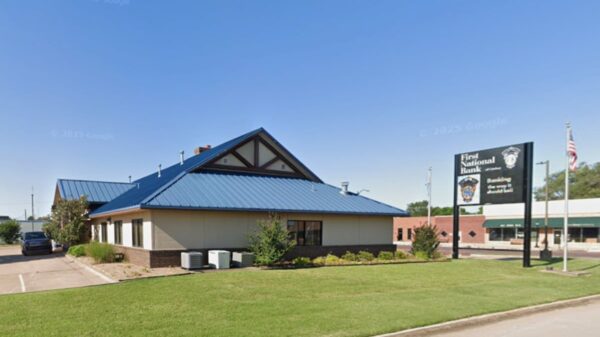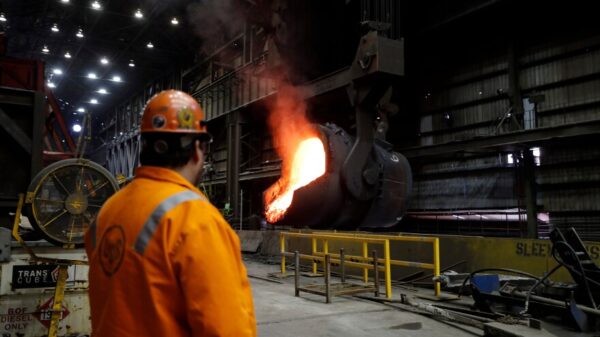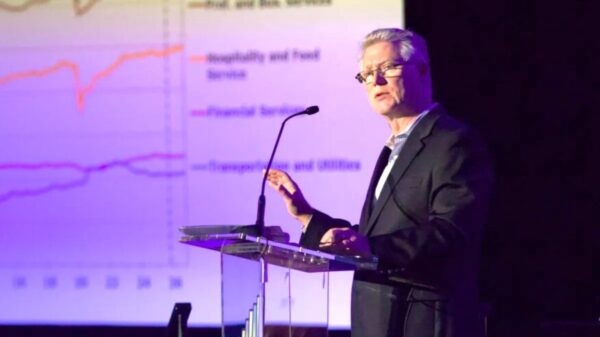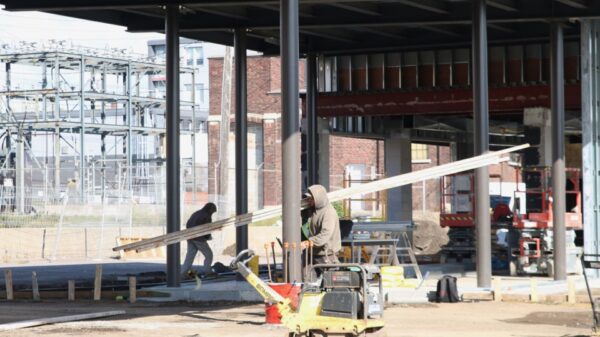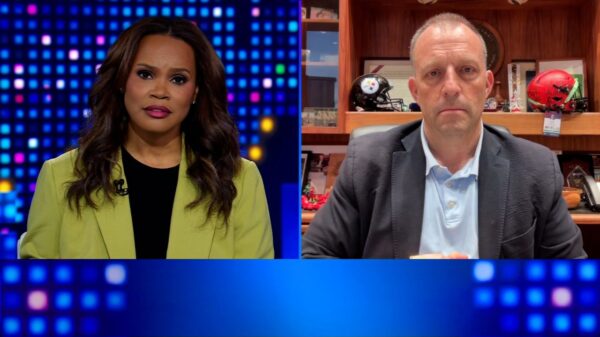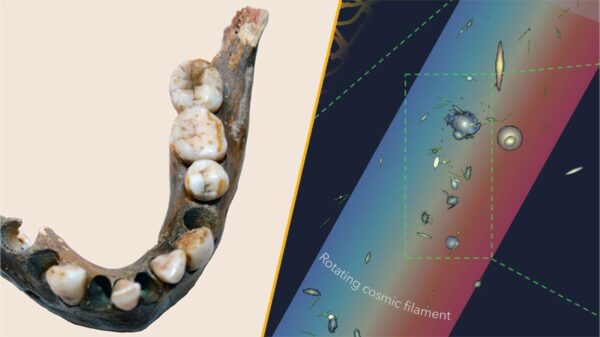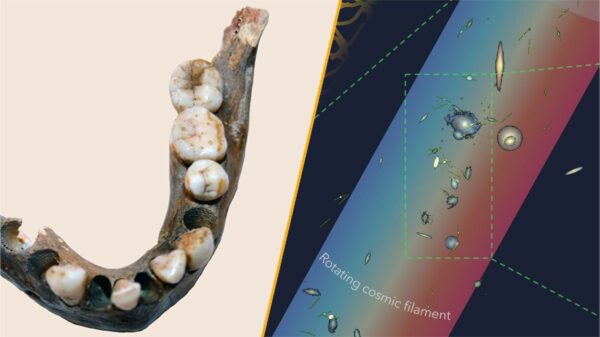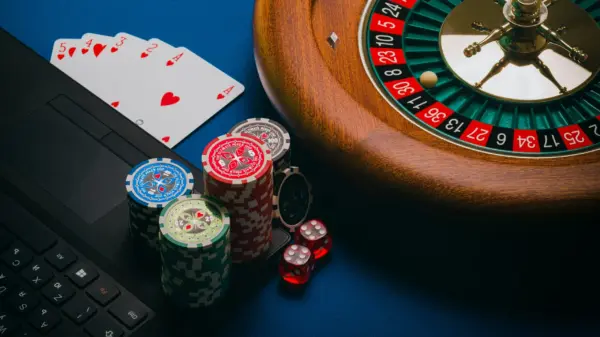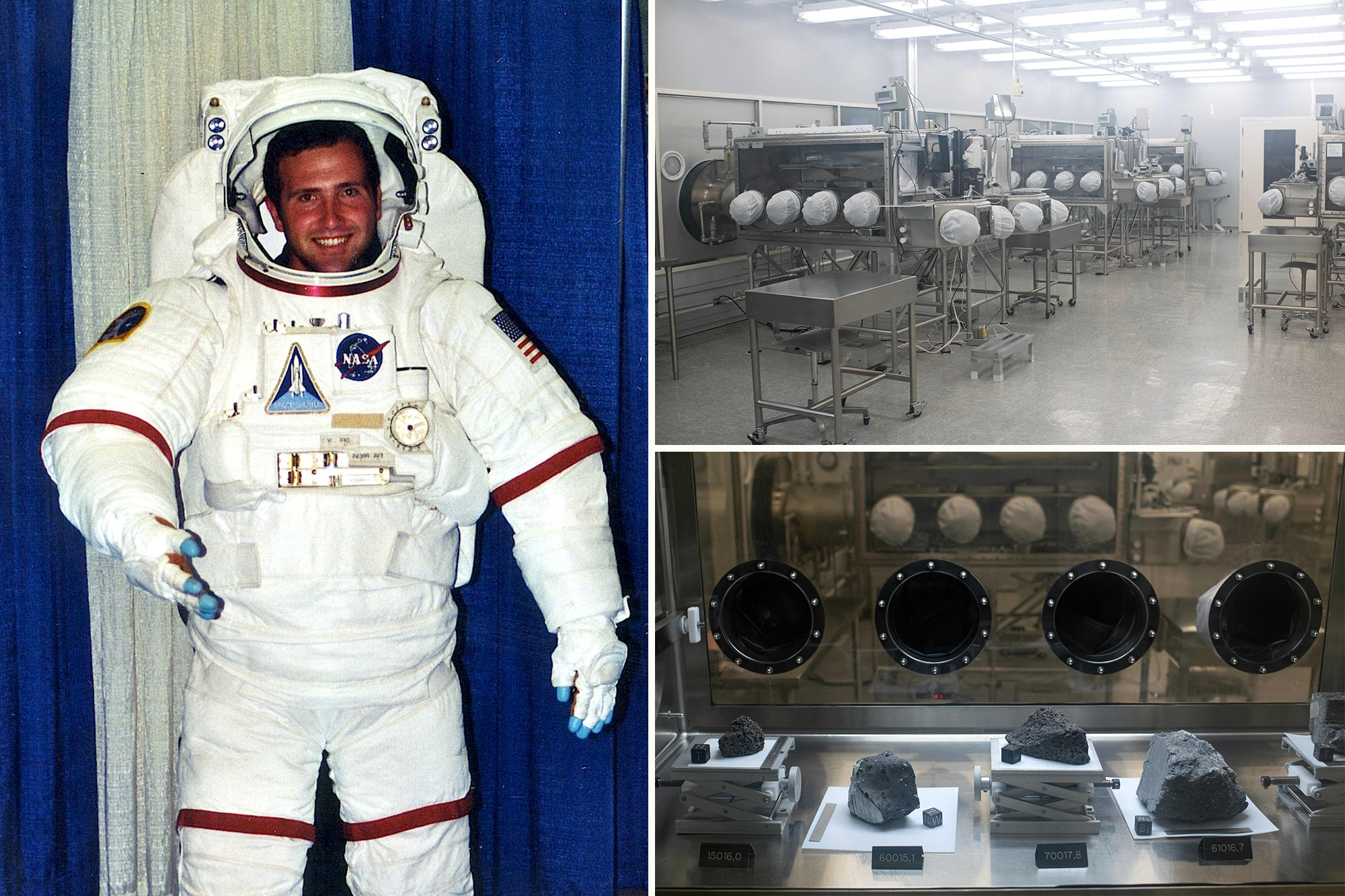In a dramatic theft that shocked the scientific community, former NASA intern Thad Roberts orchestrated the heist of 17 pounds of moon rocks valued at approximately $21 million. The audacious plan unfolded in July 2002 at the Johnson Space Center in Houston, Texas, where Roberts, then just 24 years old, sought a way to alleviate his financial struggles while supporting his wife back in Utah.
Roberts, a triple major in physics, geology, and geophysics at the University of Utah, initially aimed to sell the moon rocks to a Belgian buyer. He enlisted the help of his friend, Gordon McWhorter, to connect with a potential purchaser online, who expressed interest in buying the rocks for $1,000 to $5,000 per gram. However, the buyer’s suspicions prompted him to alert the FBI, who began monitoring the situation.
Within this tumultuous backdrop, Roberts met fellow NASA intern Tiffany Fowler, who was engaged in stem cell research. Their friendship quickly blossomed into romance, and after just three weeks, they decided to move in together. Upon revealing his theft scheme, Fowler agreed to assist Roberts, and they roped in another intern, Shae Saur. The trio leveraged their NASA IDs to gain unauthorized access to the secure facility.
On July 20, 2002, coinciding with the 33rd anniversary of the first moon landing, they successfully stole the safe containing the moon rocks. The group returned to a hotel, where they used a power saw to open the safe. According to Roberts, he placed the moon rocks beneath the bed covers during an intimate moment with Fowler, creating a symbolic act he described as having “sex on the moon.”
In a 2012 interview with CBS News, Roberts reflected, “It was more about the symbol of what we were doing, basically having sex on the moon. I think we can safely say that.” Their plans took a dramatic turn when they met the supposed buyers, who turned out to be undercover FBI agents. The moon rocks were subsequently recovered, but the FBI noted that they were then “virtually useless to the scientific community.” The heist also led to the destruction of decades of handwritten research notes from a NASA scientist.
After his arrest, Roberts confessed to stealing dinosaur bones and fossils from the Natural History Museum in Salt Lake City. When questioned about his motivations, he insisted he did not view his actions as theft. “We weren’t going to take this money we were getting from it to go buy a yacht or lots of cars,” he said. “We were gonna live just the small kind of lifestyle we were, but fund science that might change the world.”
Ultimately, all three interns, along with McWhorter, faced legal repercussions. Roberts received a sentence of eight years in federal prison, serving six years. Fowler and Saur were each sentenced to 180 days of house arrest and 150 hours of community service. McWhorter, who was convicted at trial, received a six-year prison sentence. Following the ordeal, Roberts and Fowler never saw each other again.
The incident serves as a cautionary tale about the lengths to which individuals may go in pursuit of ambition and the consequences that can follow. The theft not only resulted in criminal charges but also highlighted the importance of safeguarding invaluable scientific artifacts.


